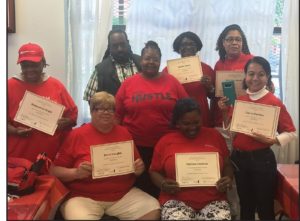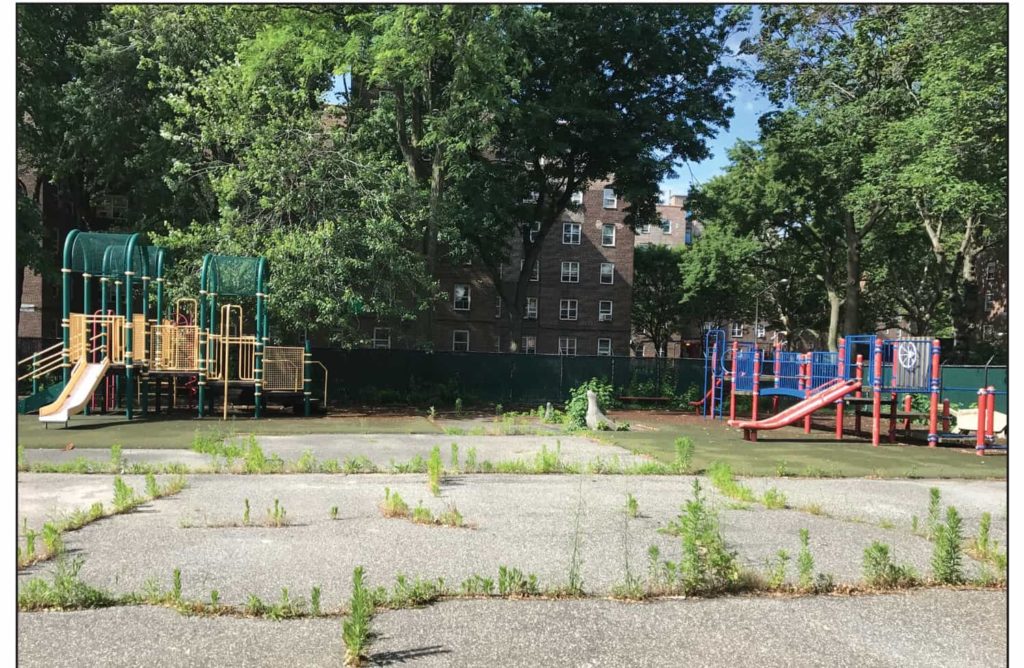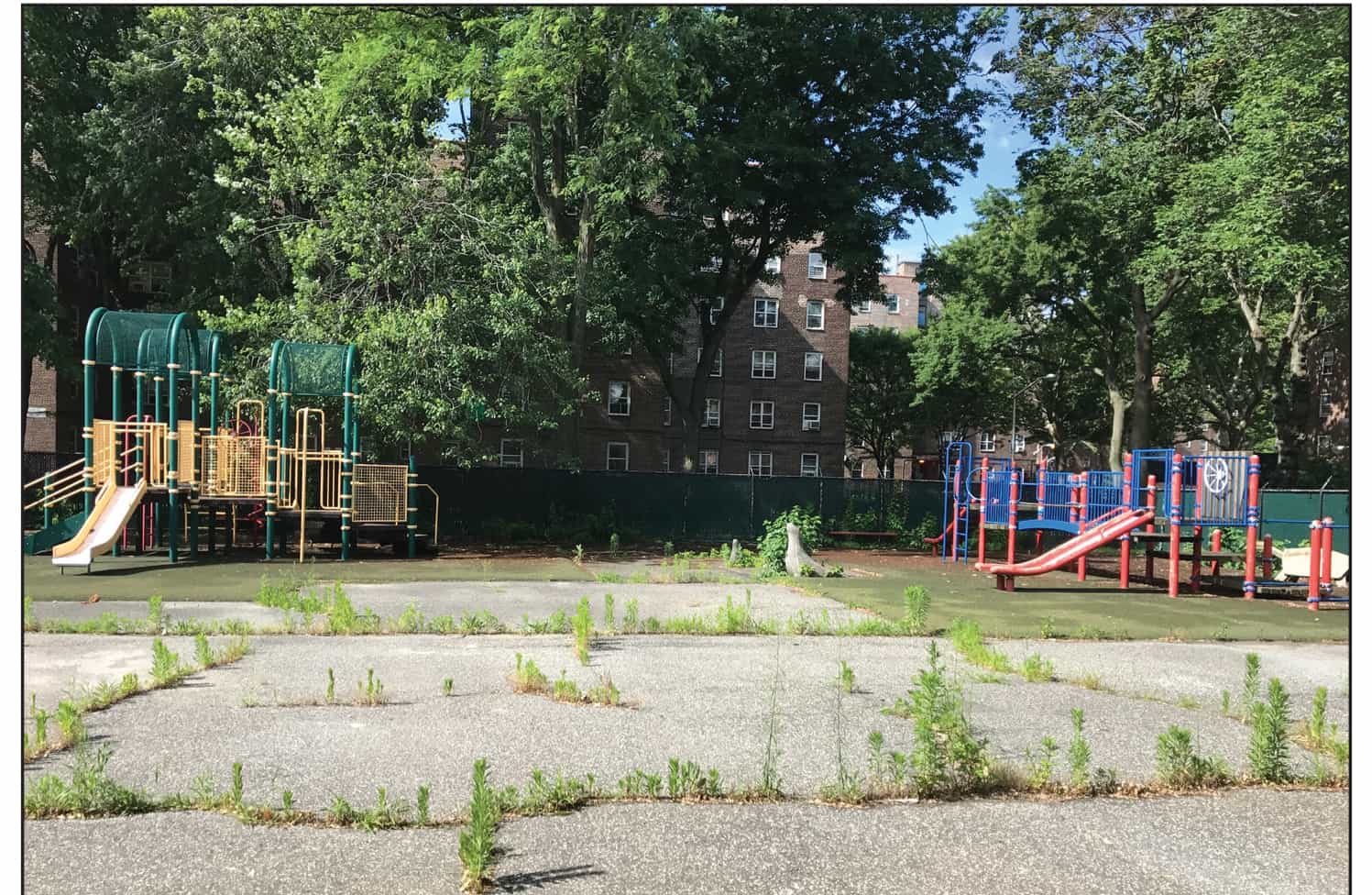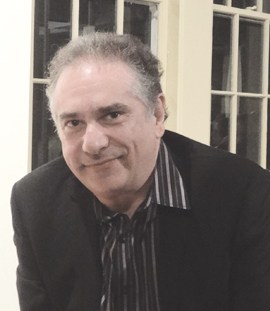by Erin DeGregorio
The brand new Red Hook Neighborhood Senior Center, operated by RAICES, reopened six months ago after a long five years of uncertainty and displacement from Superstorm Sandy. It was originally located in the basement of a Wolcott Street building for 21 years, but was flooded out and damaged from water. Soon after, the center was temporarily relocated to the basement of the Miccio Center. Seniors were only allowed half days there, which included lunch.
The new, outside-of-the-flood-zone center was built with $5.7 million in funding from Federal Emergency Management Agency, New York City Council, and federal funding. This building, which had been an unused day-care center for years, was renovated – with a new roof, kitchen equipment, heating and ventilation systems installed among other necessary things.
NYCHA had initially promised in 2014 that construction would be completed by Dec. 2015. However, after find ing leaks and issues with the concrete floor, renovation was significantly delayed – and only completed by Dec. 2017.

“This is a place where the seniors can come and have fun – to get away from the loneliness at home,” says Maria Sanchez, who has been the center’s director for about three years.
Prior to Sandy’s damages and destruction, the center held all of its activities in one room with no space to spread out. Now it features an exercise room, where members have the opportunity to be physically active through tai chi, zumba and chairobics.
The center also has a separate room for classic games like billiards, bingo, mahjong and dominoes, and has even offered crocheting classes. Plus seniors have the ability to brush up on their tech skills in a computer lab, thanks to Older Adults Technology Services (OATS). OATS is a social im- pact organization that harnesses the power of technology to change the way adults age. According to its official website, the group has, for exam- ple, taught seniors the basics of email and helped them manage medical in- formation.
While Sanchez makes sure programs and services regarding elder abuse, nutrition and health management are also offered, there is a large, unused playground in the backyard, with weeds growing in between the cracks of the concrete.
“We were informed initially that we were going to be able to use [the back- yard] and now that we want to conduct programming and farming, we were informed we can’t use it,” says RAICES’s Deputy Director Suyapa Blanco-Hernandez.
But Ranae Widdison, the director of Land Use and Planning for NYC Council District 38, says the backyard is NYCHA property and is not part of the senior center.

Future of yard uncertain
“NYCHA is in conversations with all stakeholders for possible back- yard work,” says Michael Giardina, NYCHA’s deputy press secretary, via email. “Currently, there is no long-term agreement in place for the site – including the backyard.”
Blanco-Hernandez explains that the facility’s current lease is up and has to
be renewed.
“The Department for the Aging and NYCHA worked very hard in putting this lease together, but come July we have to develop a new agreement with NYCHA for the facility,” Blanco-Hernandez says.
Ideally Sanchez, the center’s director, would like to hold future barbecues or establish hands-on farming, in collaboration with Emblem Health,in the now playground area.
“My main goal is to make [the members] happy and to provide stability for them,” Sanchez says.
The Red Hook Neighborhood Senior Center, located at 110 W. 9th Street, is open Monday through Friday, 8 a.m. to 4 p.m.
Author
-

George Fiala has worked in radio, newspapers and direct marketing his whole life, except for when he was a vendor at Shea Stadium, pizza and cheesesteak maker in Lancaster, PA, and an occasional comic book dealer. He studied English and drinking in college, international relations at the New School, and in his spare time plays drums and fixes pinball machines.
View all posts
George Fiala has worked in radio, newspapers and direct marketing his whole life, except for when he was a vendor at Shea Stadium, pizza and cheesesteak maker in Lancaster, PA, and an occasional comic book dealer. He studied English and drinking in college, international relations at the New School, and in his spare time plays drums and fixes pinball machines.










